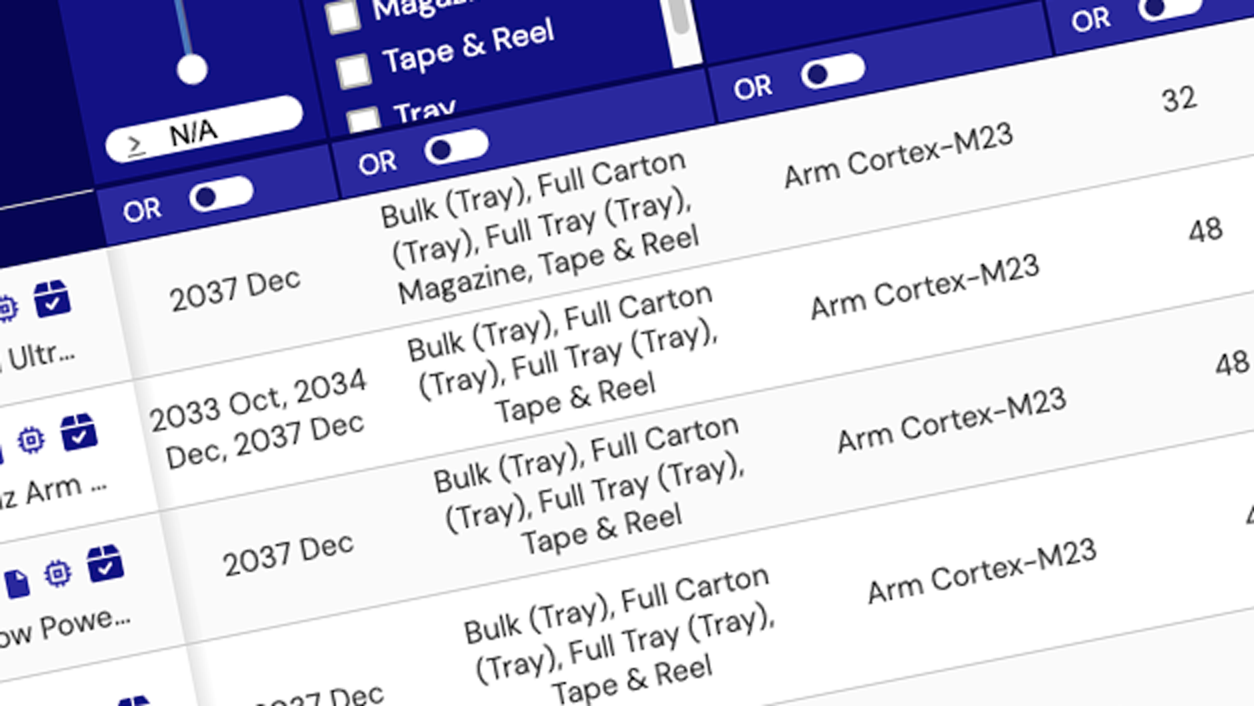The Renesas family of RF mixers featuring patented Zero-Distortion™ technology dramatically improves the maximum signal levels (IM3 tones) that a receiver can withstand at a desired Signal to Noise Ratio (SNR.) These devices are scalable, so alternately, one can run the devices in modes that reduce power consumption significantly while still maintaining high linearity.
- Reduces Third Order Intermodulation (IM3) distortion by up to 20dB (>90%) vs. competing mixers
- Improves coverage in underutilized spectrum plagued by adjacent interferers
- Simplifies the RF frontend and software design by minimizing the need for RF gain control
Renesas offers active mixers with excellent out-of-band spur performance which eases pre-filtering requirements. RF and LO baluns are internal allowing for simple 50ohm interfaces. The IF ports are configured as differential 200ohms to drive pre-ADC filters with low even-order distortion. Solutions are available in both dual mixer and single mixer configurations.
2 x 2 and 3 x 3 spurs: These in-band spurs cannot be filtered so the RF mixer must provide all of the rejection for the system. The Renesas family of RF mixers provides very high rejection (>70dB) to these critical spurs.
Robust power down modes: The Renesas active mixers can be fully turned on and off in <200nsec, which is ideal for modern TDD systems. Furthermore, the LO port impedance is practically unchanged in the off state which minimizes the potential for synthesizer pulling.
Scalability: In addition to multiple modes of operation, all Renesas mixers include external resistor options for further down-scaling the power consumption vs. linearity. Application notes that describe how to reduce the current further and still maintain >32dBm OIP3 are available on the product pages.

